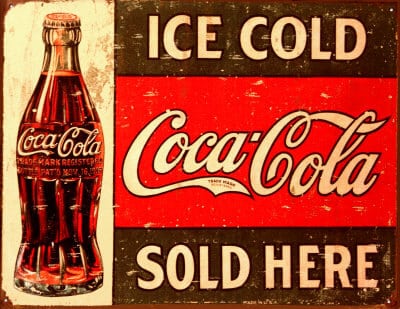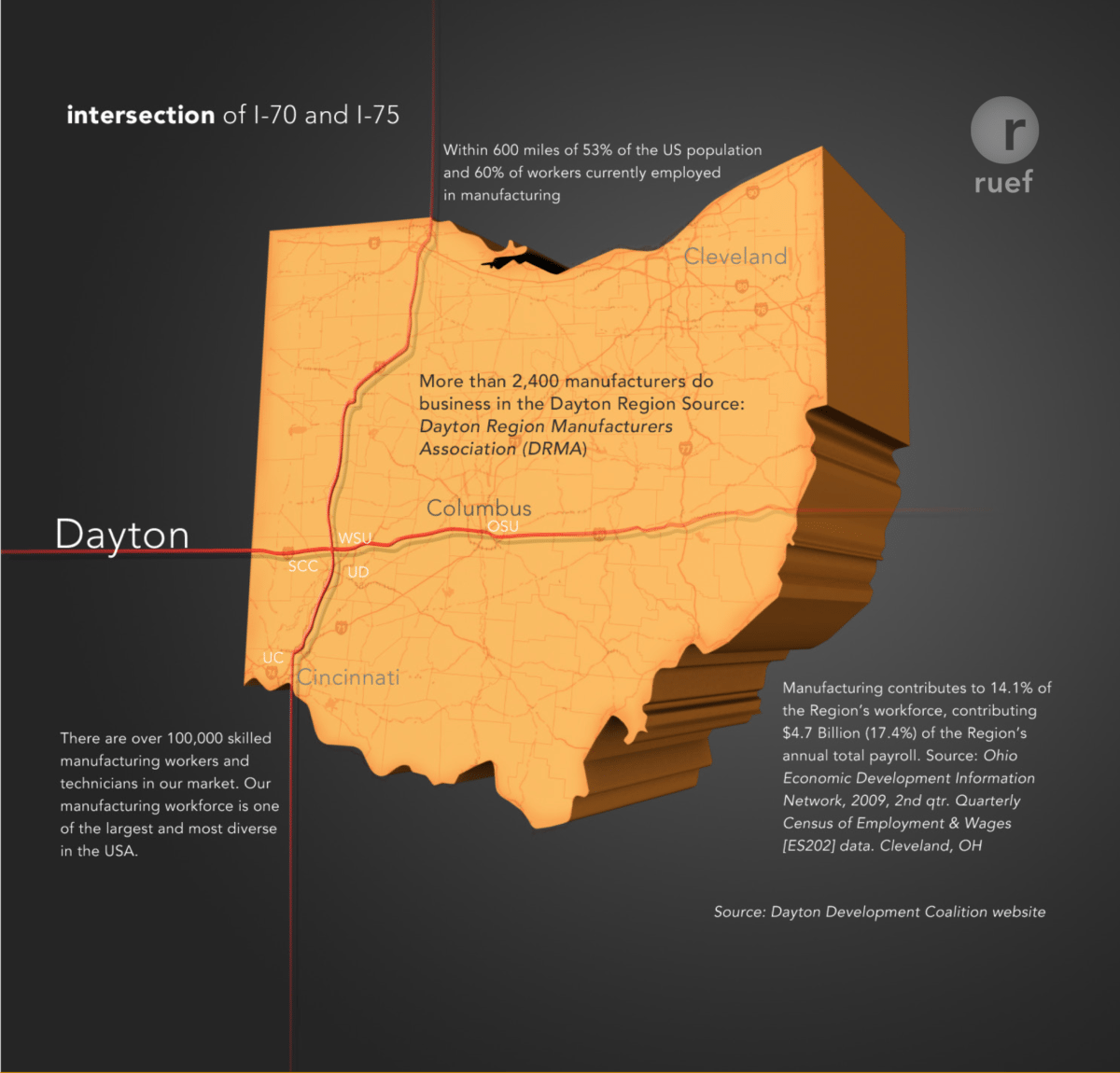ruef believes in the power of good design. You may have read our previous blog entry on the subject. We believe in the ‘less is more’ approach to design, and that good design is what makes a good brand strategy. Without a unique and timeless logo and the simplicity of the red and white color palette, for example, would Coca-Cola have lasted as long as the leading soft drink?
 Similarly, ruef also believes in a ‘less is more’ approach to communication. Using the Coke example again, look at the simplicity of the company’s supremely popular slogans: “enjoy,” “open happiness,” “life begins here.” Sometimes the slogans directly reference the fact that Coke is a drink, and sometimes they are simply positive statements intended to be reinforced by the powerful Coke visual brand. Regardless, they only ever say what needs to be said. Never a word more.
Similarly, ruef also believes in a ‘less is more’ approach to communication. Using the Coke example again, look at the simplicity of the company’s supremely popular slogans: “enjoy,” “open happiness,” “life begins here.” Sometimes the slogans directly reference the fact that Coke is a drink, and sometimes they are simply positive statements intended to be reinforced by the powerful Coke visual brand. Regardless, they only ever say what needs to be said. Never a word more.
A lot of companies suffer from over-complicating their message, or worse – lengthening the message to such an extreme that the whole point is completely lost on the audience. It seems that some people think the Information Age brought with it the need to ramble.
A big problem in marketing communications today is buzzwords. You’ve heard them all before. Solutions. Integrated. Insights. ROI. The Cloud. Velocity. Wins. Purchase decisions. Alignment. Maximize. Enterprise. Capitalize. Analyze.
Yes, some of these are real terms. But I bet you could string together any combination of these words, throw in some adjectives and prepositions and come up with the latest campaign from your local marketing agency or internal marketing team.
We shouldn’t accept this.
Words are important, in that we must use them to say exactly what we mean. That doesn’t mean limit your vocabulary or say nothing at all. It means don’t get caught up in the B.S. of current marketing jargon and get to the point. If you only need a few words, just use a few words.
Sometimes the shortest message is the strongest.

